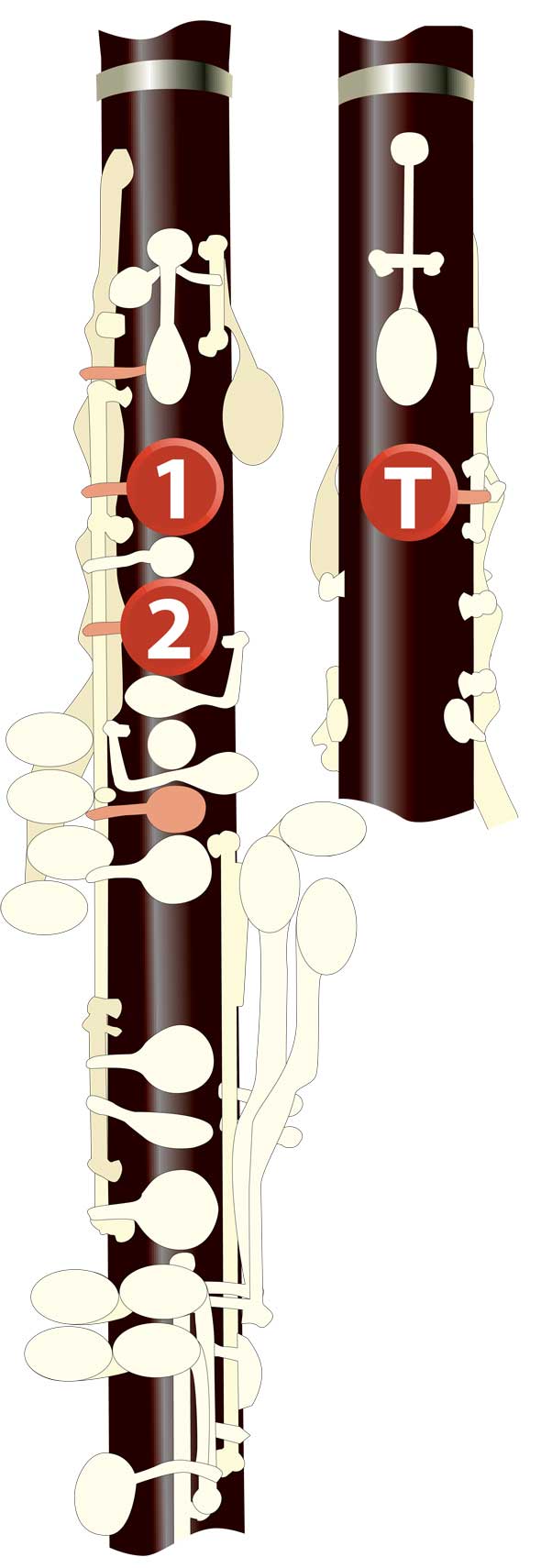
The Note D


The note D is written in the space below the staff.
This example uses the note D along with the note E. Listen carefully to the notes as you play them and try to produce a strong, even tone. Pay attention to the breath marks and get in the habit of breathing each time you see one.


The Note C


The note C is written just below the staff on a short line called a ledger line.
This one uses all three of the notes you have learned so far. Take it slowly at first and be sure that each note sounds clearly and evenly.


Here are some examples which make use of the notes C, D and E. Once you can play a melody, try playing it from memory with your eyes closed. This will help you learn the fingerings of the notes and also make you more aware of your tone.






The Whole Note

This is a whole note.
It lasts for four beats.
There is one whole note in one bar of * time.

The Whole Rest

This symbol is called a whole rest.
It indicates four beats or one whole bar of silence.
This example features both the whole note and the whole rest. Remember to keep counting regardless of whether you see notes or rests in the music.


